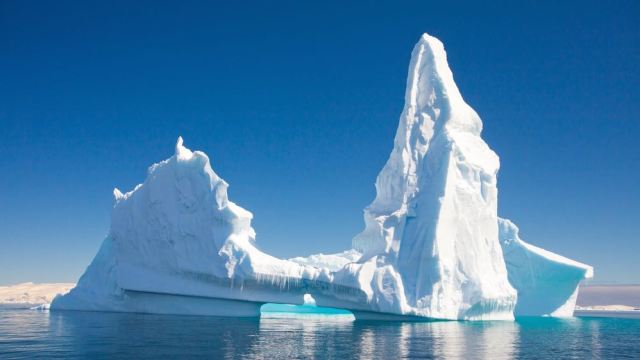Jupiter, Io, and a Cosmic Zamboni
How tides, gravity and lava give Io the youngest surface in the Solar System.
“The crust, being so thin, must bend, if, over wide areas, it becomes loaded with glacial ice, ocean water or deposits of sand and mud. It must bend in the opposite sense if widely extended loads of such material be removed. This accounts for… the origin of chains of high mountains… and the rise of lava to the earth’s surface.” –Reginald Daly, 1932
While the Earth’s crust may be the thinnest of all its layers, it’s neither uniform nor unique. Where the denser mantle is packed highest beneath it, the Earth’s crust is thinnest, and easiest to break through. Conversely, where the mantle doesn’t begin until its maximum subterranean depths, this is where the crust gets piled the highest. It’s at these locations — the crust/mantle boundary — that various phenomena and interactions (including plate tectonics) cause the rocks interior to Earth’s surface to melt. When that happens, magma chambers form.
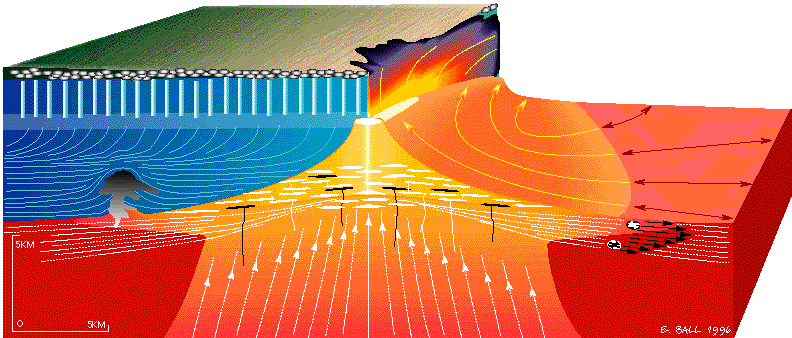
You might be used to ice melting, and perhaps you’ve noticed that ice floats atop water because it’s less dense in its solid phase than its liquid phase. While this accounts for everything from icebergs in the ocean to ice cubes in your summer drinks, water is a highly unusual material in this regard. Most materials — including rocks — are less dense in their liquid phase than their solid phase. And this means that, when magma forms beneath the surface, it both expands, cracking and displacing the solid rocks on either side, and attempts to rise, due to its lower density and buoyancy.
Get enough magma creating enough pressure, and you’re going to get yourself a volcanic eruption, something that happens many times every year at some point across the Earth’s surface.
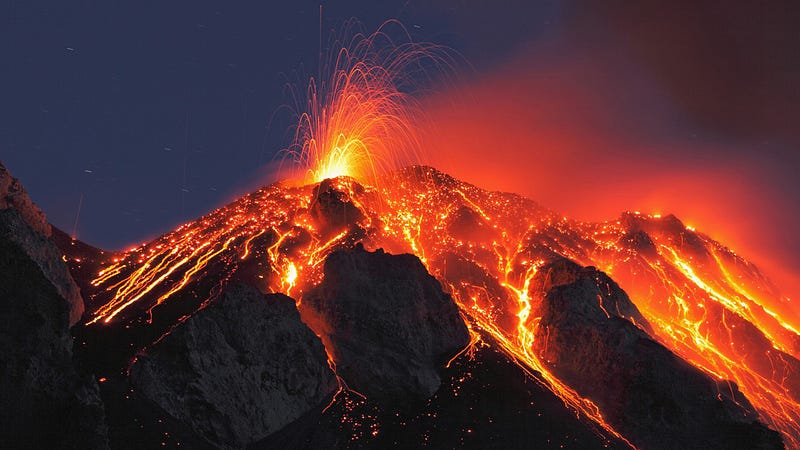
But this isn’t what happens on most rocky planets. As far as solid worlds go, the Earth’s crust is relatively new. Compare the surface of Earth to a world like Mercury or the Moon, where craters exist, untouched and unpolluted by volcanic activity for many billions of years. While Earth is rife with volcanic eruptions, magma vents and consistent eruptions, these small, geologically inactive (at least, relatively so) worlds haven’t had a good resurfacing since the dawn of the Solar System.
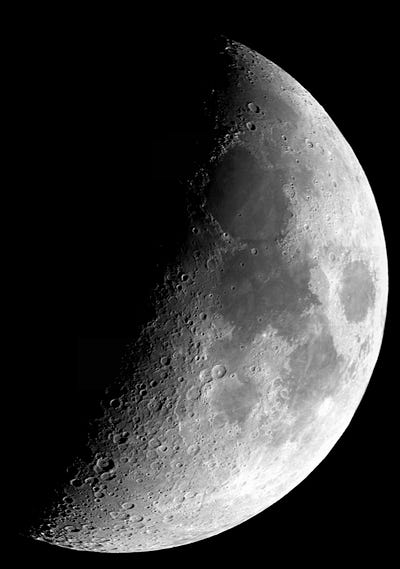

And yet, the Earth — and everyone else — is totally outclassed as far as volcanic activity goes in the Solar System by one world in particular. Looking through a telescope in 1610, Galileo discovered four large moons around our largest planet, Jupiter. Farthest out was Callisto, followed (as we move inward) by Ganymede, Europa, and finally the closest world: Io.
Yet while Callisto and Ganymede are massive and heavily, anciently cratered, and while Europa appears to be covered in ice, when we take a good, close look at Io, it looks massively different from all the other worlds.

It’s covered in rock, to be sure, and has a pock-marked face, a little like a teenager who can’t stop scratching. Yet something should stand out to you about Io that makes it unique among all the rocky worlds we’ve ever discovered: no craters. There’s a good reason for this, as we’ve come to understand.
And if you thought tides were bad on Earth, you haven’t seen anything until you’ve seen Io.
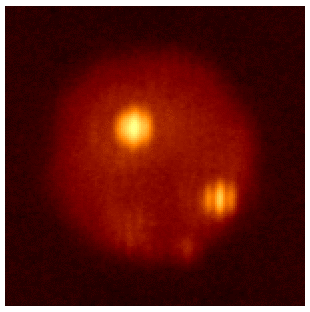
See this image, above? That’s a solar eclipse occurring on Io, as its outer neighbor, Europa, passes in between it and the Sun. The Large Binocular Telescope (LBT) took this image sequence of Io as Europa’s shadow fell on it, causing a total eclipse. But do you notice those two bright spots on Io? Those are active volcanoes, actually caught in the process of erupting!
If you’re used to volcanoes on Earth, you might think this is some rare event, one that we just happened to catch. After all, if they can light up the surface of the world itself like this, these must be pretty spectacular eruptions, and there are two of them at once! But a closer inspection — or rather, continued inspections of Io — indicates that these eruptions are incredibly commonplace.

The surface of Io is the youngest in the Solar System. The reason it shows no craters on its surface? These eruptions cover the entire surface of the world in a fresh coat of lava, which hardens into rock, on timescales of mere thousands-to-tens-of-thousands of years.
What causes this? The answer is simplicity itself: Jupiter, which acts like a cosmic zamboni on Io, causing this resurfacing and this surface lava like it had nothing else to do in the Universe.

On Earth, the combined effects of the Moon and Sun cause modest tides, raising and lowering the oceans by ~1 meter at a time, and causing the crust to bulge and shrink by millimeters or centimeters with each rotation. But on Io, the tidal forces due to Jupiter are absolutely tremendous: some 10,000 times as strong as we experience here on Earth. And this is significant enough to literally rip Io’s surface apart with practically every orbit of the moon around its shepherding planet.

While our tides cause the oceans to rise and fall, Jupiter’s tides create magma just underneath the surface of Io, and then rip that surface apart to allow it to rise to the crust in a constant state of eruption. If our Moon were significantly closer to Earth — some 20 times closer than it is today — the tidal forces on our world would cause exactly the same effect, rendering our planet virtually uninhabitable, as Io is.
Thankfully, the Moon is at a safe distance, and any resurfacing that happens is due to Earth’s internal physics, not to the tidal influence of a catastrophic outsider.
But while Jupiter wreaks this kind of havoc on Io, just far enough out lies Europa, in possibly the sweetest spot of all.
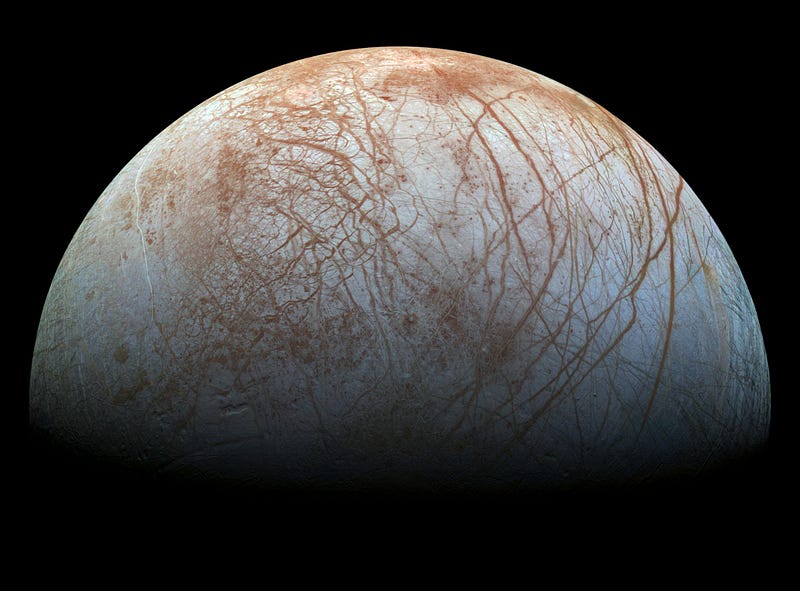
While its surface is covered in ice, the heat generated by Jupiter’s tides should be just enough that there ought to be undersea vents of magma — a heat source — and a liquid ocean deep beneath the ice. NASA just announced yesterday a mission to Europa, which will investigate whether the moon contains the ingredients necessary for chemical-based life, a tantalizing possibility. While this zamboni-like effect is ruinous for Io, the most active and most resurfaced world in the Solar System, a “lite” version of this may be exactly what its neighboring world needed to give rise to the most fragile and spectacular combination of atoms we’ve ever discovered: a self-reproducing, information-encoding, sustaining set of reactions that we call life.
It’s amazing what a little push-and-pull — or a lot, in a totally different way — can do.
Leave your comments at the Starts With A Bang forum on Scienceblogs.





